RAIDR Express Install Guide
For RAIDR Express owners, we've constructed and FAQ and some tips about how to setup your system and use it in UEFI mode.
RAIDR Express FAQ
What is the difference between legacy mode and UEFI mode?
Under Legacy mode, the BIOS checks and verifies all the components and devices in turn during the system boot up, which produces a relatively lengthy boot time. However, on the other hand, the UEFI boot allows all devices to be initialized simultaneously, resulting in a relatively faster boot time. The RAIDR Express is the first PCIe SSD that supports both UEFI and Legacy Mode; this is called DuoMode.
Windows cannot boot correctly under UEFI mode.
This can be one of several things to check; A. Activating UEFI mode requires installing the OS with this mode pre-enabled in its BIOS. Firstly, please make sure your motherboard can boot in UEFI mode [because not all UEFI-enabled motherboards support 'UEFI booting', due to a change in industry-wide firmware redesign for Windows 8]. Normally these are labelled as 'Windows 8 Ready'. If your motherboard does support it:
- If required, update the BIOS to the latest version,
- Backup your data,
- Delete the existing OS partition
- Enable boot from UEFI in the BIOS and on the RAIDR SSD.
- Re-install the OS.
B. Disable Secure Boot within the BIOS and try again. C. If your BIOS does not support UEFI mode, only legacy mode is available to you. A future motherboard upgrade will allow you to perform the steps in part (1).
When should I switch between modes?
For modern motherboards UEFI BIOS booting should be present, however for older systems Legacy Mode is available to ensure compatibility. Please note two important points about the DuoMode switch:
- Turn the PC power off before you switch between modes.
- We do not recommend users to flip that switch after the OS installation. We recommend you to reinstall OS after mode switching to prevent system instability or failed booting.
What BIOS settings should I change for UEFI Mode?
Firstly, please note that enabling the UEFI mode requires all system devices are required to have a UEFI firmware and driver: this includes things like graphics cards [integrated graphics are already supported from the motherboard UEFI BIOS]. If everything is a go on the BIOS/driver front, please refer to our installation guide for setting up a system in UEFI mode.
Why does the boot time get very long after installing RAIDR Express on my motherboard? or Why can’t I boot into my OS after installing RAIDR Express?
This may happen when you have more than one Marvell storage controller in the same system. The RAIDR Express is may experience a firmware conflict with Marvell storage controllers on the same system. It is therefore advised to disable other Marvell storage controllers in the motherboard BIOS.
Why isn’t my RAIDR Express Recognized in BIOS?
This may happen when your RAIDR Express is switched to UEFI mode, while the ‘CSM Support function’ is disabled in the BIOS, and there is no UEFI OS installed on it. Under UEFI Mode, only UEFI bootable devices will be listed as valid storage device. The RAIDR Express will show up as a “Windows Boot Manager” in the boot devices menu once the UEFI OS has been installed onto it.
SLI/CrossFireX won’t work with RAIDR Express installed?
Please note the PCIe lane distribution in your PC. Intel CPUs in Maximus motherboards have 1x PCIe x16 lane from the CPU only, with a few extra PCIe 2.0 lanes from the PCH (southbridge), but these are often used by SATA controllers or GigE, for example. Nvidia SLI requires at least a PCIe x8 lane for each card to activate, while AMD CrossFire-X needs at least PCIe x4 lane for each card to activate. For example, Maximus V and VI boards with three PCIe 16x lanes and Ivy Bridge or Haswell CPUs can potentially split the lanes into 8x, 4x, 4x, so if you run SLI and drop a RAIDR Express into the third 16x slot it will disable SLI.  RAIDR Express itself requires at least PCIe x2 to give sufficient bandwidth to the card, so PCIe 1x slots are insufficient. The motherboard manual will explain how each PCIe slot is used, or, please ask on rog.asus.com/forums if you are still unsure.
RAIDR Express itself requires at least PCIe x2 to give sufficient bandwidth to the card, so PCIe 1x slots are insufficient. The motherboard manual will explain how each PCIe slot is used, or, please ask on rog.asus.com/forums if you are still unsure.
I pressed “Ctrl+M” while booting, but I can't get to the configuration menu
There might be several reasons for this issue:
- First of all, RAID configurations can only be changed in Legacy Mode on the RAIDR Express. For users that plan to install the OS in UEFI boot mode, first set the RAIDR Express to legacy mode first, power up the PC and change the RAID configuration, then power off and switch to UEFI mode before installing the OS. Alternatively, use the MSU (Marvell Storage Utility) under Windows, however this cannot be done if the OS is running on the RAIDR Express.
- Please make sure the keyboard is connected directly to the PC and is correctly recognized early in the POST process. Some keyboards connected to USB hubs might suffer from delay and miss the opportunity.
Author
Popular Posts
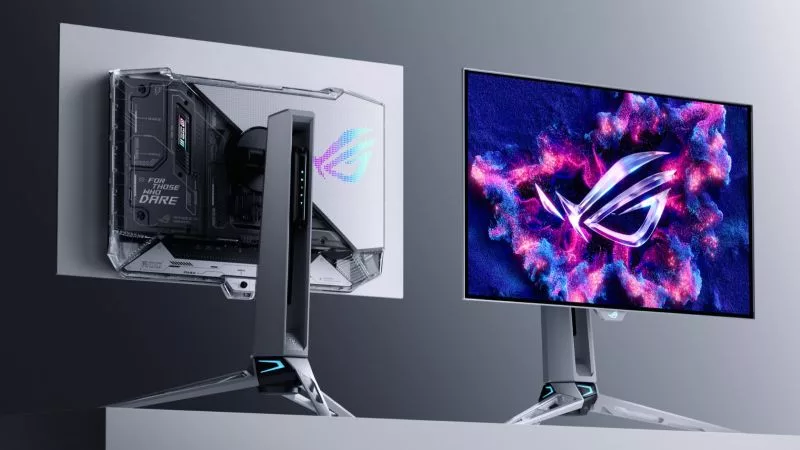
Prepare for Tandem OLED splendor with these new ROG gaming monitors
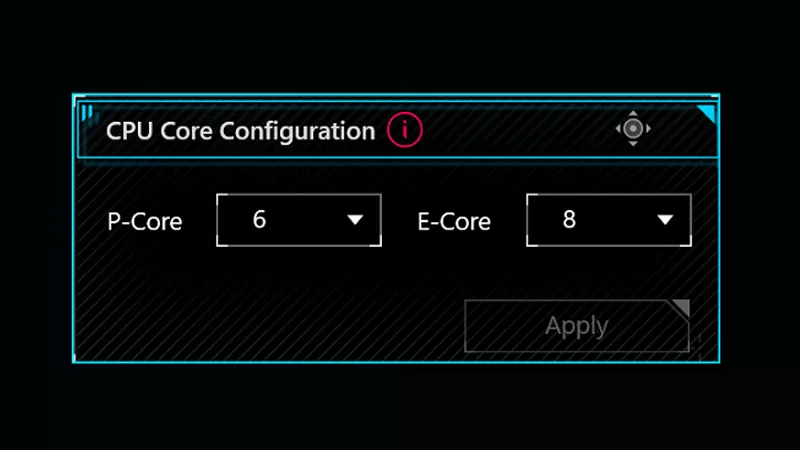
How to adjust your laptop's P-Cores and E-Cores for better performance and battery life
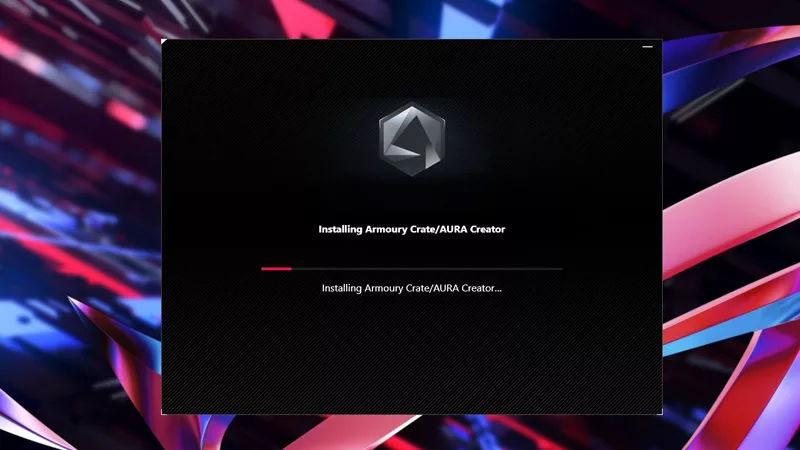
How to Cleanly Uninstall and Reinstall Armoury Crate
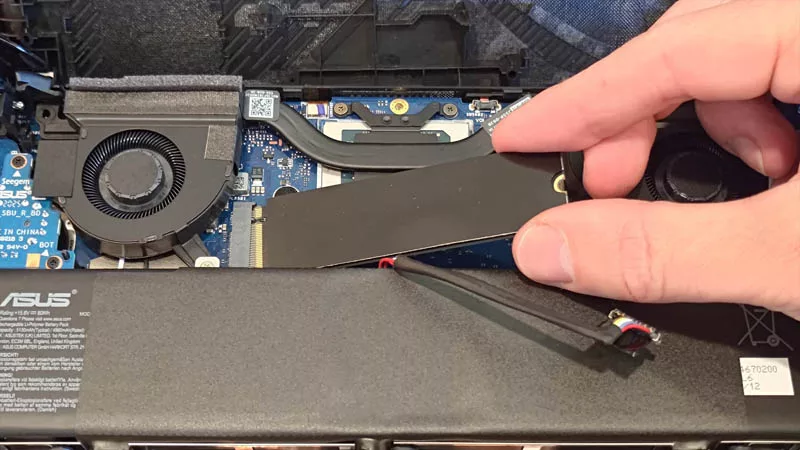
How to upgrade the SSD and reinstall Windows on your ROG Ally, ROG Xbox Ally, or ROG Xbox Ally X
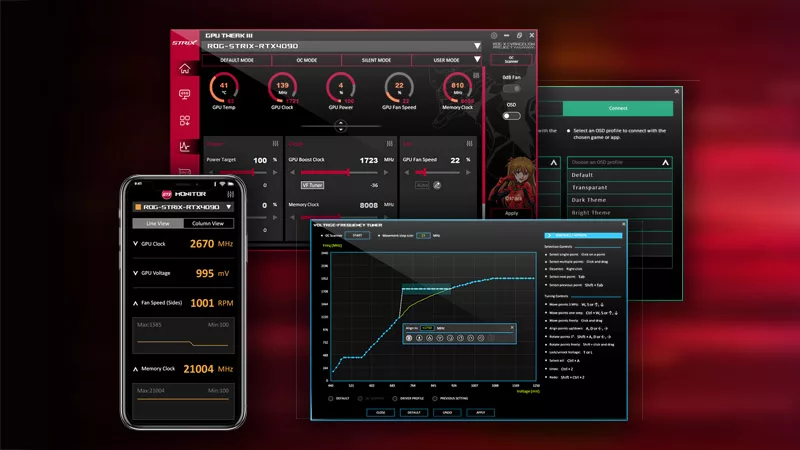
ASUS GPU Tweak III: The ultimate tool for advanced GPU tuning
LATEST ARTICLES

Take your ROG allegiance to the next level with an OMNI action figure
The Republic of Gamers’ famed mascot, OMNI, comes to life through two new collectible action figures.
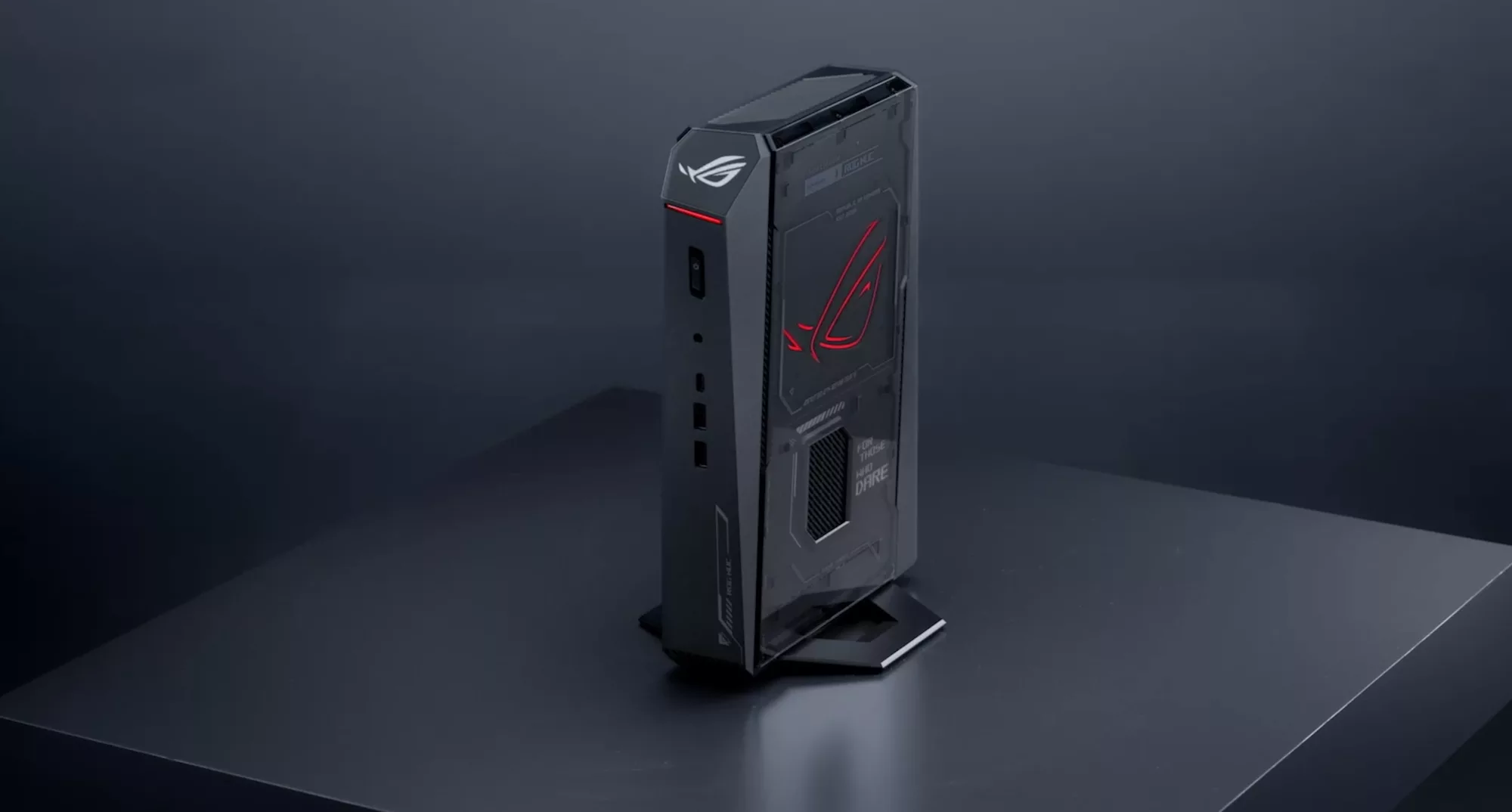
With the ROG NUC, your only limit is your own creativity
The small size, potent performance, and versatile connectivity of the ROG NUC makes it a perfect fit for a wide range of scenarios.
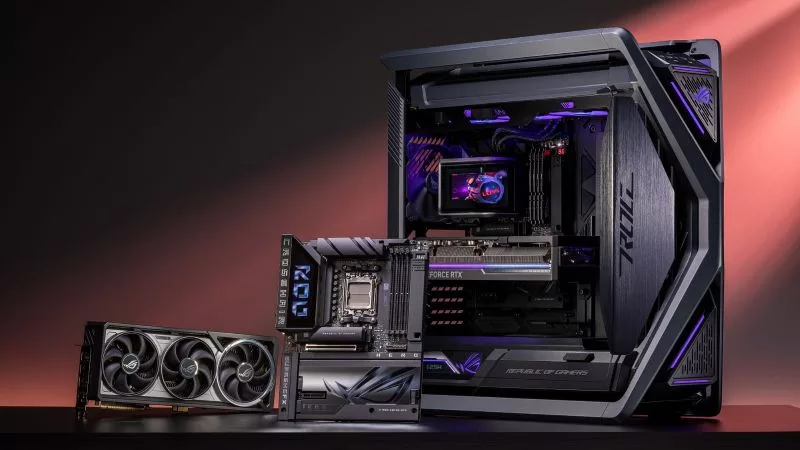
Graphics cards, monitors, motherboards, and more: everything ROG announced at Gamescom 2025
ROG is a making a splash at Gamescom 2025 with a new Matrix graphics card, Hatsune Miku gear, and much more.
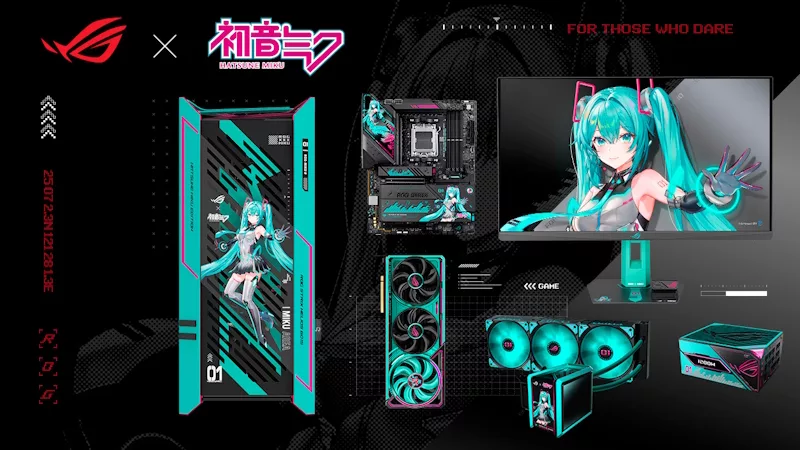
Hatsune Miku and ROG deliver a killer lineup of gaming hardware
Hatsune Miku and ROG are teaming up to give you gear for the ultimate vocaloid-themed gaming PC battlestation.

Brighten up your battlestation with new white ROG peripherals
Whether you want frosty peripherals to stand out amongst your hardware or blend in with your Moonlight White setup, we have you covered.

All the new gaming gear revealed from the ROG Lab at CES 2025
ROG is going harder than ever in 2025. Here's everything we announced at the Consumer Electronics Show this year.